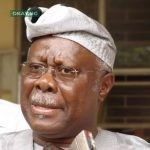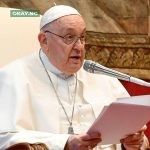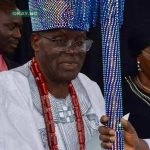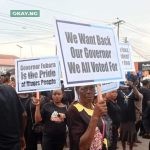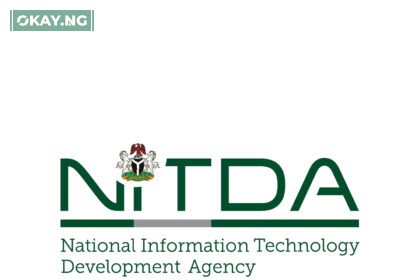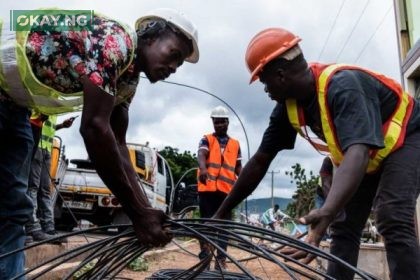In a dramatic turn of events, Nigeria’s aggressive monetary policy appears to be paying off, at least in the short term, as foreign investment into the nation’s economy has skyrocketed to its highest level in over two years. Buoyed by the Central Bank of Nigeria (CBN)’s bold interest rate hikes aimed at attracting international capital, inflows surged from a modest $0.33 billion in January 2024 to an impressive $2.06 billion in January 2025 – a staggering 524.24 percent increase within a single year. This surge follows a significant 32.12 percent month-on-month rise from December 2024’s $1.57 billion.
The CBN, in its recent ‘Economic Report’ for January, explicitly attributed this dramatic influx to “favourable returns in the domestic financial market,” a direct consequence of the elevated interest rates. This strategy, spearheaded by the Olayemi Cardoso-led CBN, has seen the benchmark interest rate climb by a cumulative 875 basis points to 27.5 percent over the past 18 months. The intention is clear: to tame persistent inflationary pressures and simultaneously make Nigerian assets more attractive to global investors seeking higher yields.
Portfolio investment, characterized by investors acquiring liquid financial assets like stocks and bonds, constituted a dominant 89.60 percent of the total inflows. This aligns with the typical behavior of portfolio investors who are often drawn to immediate high returns driven by interest rate differentials or positive market sentiment. Data from the National Bureau of Statistics (NBS) further underscores this trend, revealing that foreign investments in the Nigerian equities market reached $150 million in the second quarter of 2024, a remarkable 204 percent jump from the preceding quarter. By September 2024, these investments hit a post-COVID high of $284 million for the first nine months, marking a 19 percent year-on-year increase.
However, this rosy picture is not without its shadows. While portfolio investment has flourished, Foreign Direct Investment (FDI), which signifies longer-term commitment and often involves establishing physical operations, has taken a concerning dip. FDI declined to a mere $0.07 billion in January 2025 from $0.12 billion in December 2024. The CBN pointed to the “uncertainty of macroeconomic environment, infrastructural deficits and recurring security challenges” as key deterrents to investors seeking a long-term foothold in Nigeria. Similarly, ‘other investments,’ predominantly loans, also saw a decrease to $0.14 billion from $0.22 billion.
This divergence highlights a critical challenge: while high interest rates can attract short-term capital seeking lucrative returns, they may not be sufficient to overcome the fundamental hurdles that hinder long-term investment and sustainable economic growth. These hurdles include inadequate infrastructure, persistent security issues, and a volatile macroeconomic landscape.
Adding another layer of complexity, the CBN cautioned about potential headwinds arising from international trade policies. The report specifically mentioned that a series of “reciprocal tariffs” initiated by the immediate past US President could trigger a reversal of these recent gains. The fear is that such trade tensions could lead investors to retreat to safer havens, particularly impacting emerging markets like Nigeria.
Samuel Sule, Chief Executive Officer of Renaissance Capital Africa, based in Lagos, acknowledged this precarious balance. “There has been a partial reversal of foreign flows given the volatility in oil prices. This said, investors continue to acknowledge key fiscal and monetary reforms which have put the sovereign on a better footing,” Sule noted, highlighting the delicate interplay between domestic policy and global economic factors.
A sectoral breakdown of the capital inflows reveals that the banking sector emerged as the primary beneficiary, attracting 45.22 percent of the total. The financing sector closely followed with 44.32 percent, while telecommunications (3.86 percent), production and manufacturing (3.01 percent), shares (1.57 percent), and trade (1.43 percent) accounted for smaller portions.
Geographically, the United Kingdom dominated as the primary source of capital, contributing a significant 65.65 percent. The United States followed at 8.15 percent, with South Africa (7.66 percent), the United Arab Emirates (7.18 percent), Mauritius (2.87 percent), and Belgium (2.28 percent) also making notable contributions. In terms of destination within Nigeria, the Federal Capital Territory (FCT) received the lion’s share at 62.88 percent, with Lagos accounting for 36.59 percent.
Read Also: Nigeria’s Forex Inflows Dip Amidst Shifting Dynamics and Naira Stability
Interestingly, while capital inflows surged, capital outflows also witnessed an uptick in January 2025, rising to $1.20 billion from $1.06 billion in the preceding month. The CBN attributed this increase primarily to higher loan repayments and capital reversals, which increased by 27.45 percent and 3.85 percent respectively. Notably, the repatriation of dividends saw a significant decline of 66.67 percent.
The current situation presents a double-edged sword for Nigeria. The CBN’s aggressive monetary policy has undoubtedly succeeded in attracting portfolio investment, providing a much-needed boost to the nation’s foreign exchange reserves. However, the decline in FDI and the potential risks posed by global economic uncertainties and persistent domestic challenges underscore the fragility of this reliance on short-term capital flows.
For Nigeria to achieve sustainable economic growth, it must address the fundamental issues that deter long-term investment. This includes tackling infrastructural deficits, enhancing security, and creating a more stable and predictable macroeconomic environment. While the recent surge in foreign investment offers a glimmer of hope, it remains to be seen whether the country can capitalize on this momentum to attract the kind of long-term capital that fuels genuine and lasting development. The high-stakes gamble on interest rates has yielded immediate results, but the long-term success hinges on a broader strategy that addresses the deeper structural challenges facing Africa’s largest economy.





